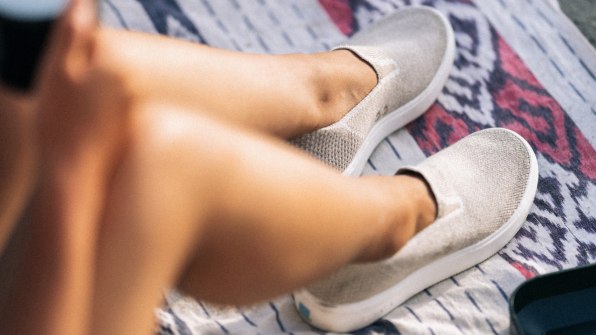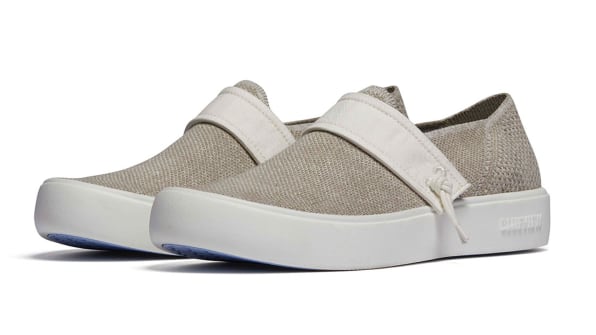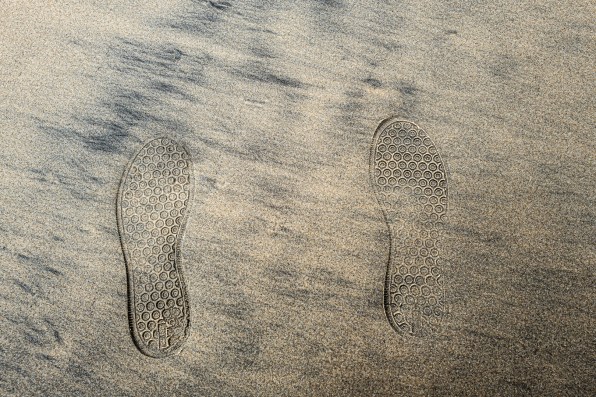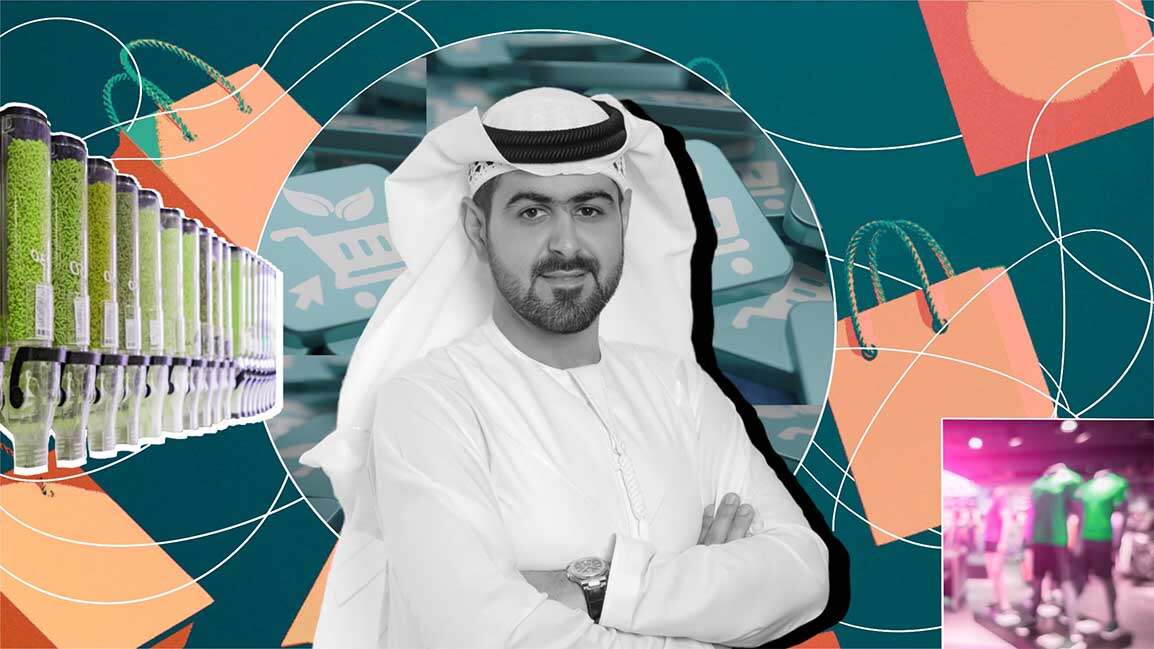The soles on a new pair of sneakers from a startup called Blueview look like they’re made from ordinary polyurethane foam. But the material, which took more than six years to develop, is partly algae-based, unlike the typical foam made from fossil fuels. The shoe’s upper uses what the company says is the first 3D-knit sneaker material made only from plants. And when the sneakers wear out, they’ve been proven to fully biodegrade in a backyard compost bin, or even in the ocean.
Blueview CEO Stephen Mayfield, a molecular biology professor at the University of California San Diego, originally researched turning algae into fuel, but later changed course. “It just occurred to me we were never going to make biofuels out of algae because it’s the lowest value for the product,” he says. “Fuel is always the cheapest commodity. And I’m just like, why are we spending all of this time making these wonderful oils from algae and then burning them in a car?”

[Photo: courtesy Blueview]
In the same way that oil from algae can be used to replace petroleum in fuel, it can also replace fossil fuels used to make synthetic materials. That has multiple advantages, beginning with the fact that fossil fuel production is a major source of climate emissions, while algae sucks up carbon dioxide from the atmosphere as it grows. Mayfield, a surfer, started by demonstrating that it was possible to make a surfboard from algae-based foam. Then he connected with Tom Cooke, a footwear executive, and they decided to partner to launch a new shoe brand that would use the material in soles.
The industry was already moving toward sustainability, “but I didn’t think it was accelerating as quickly as it needed to,” Cooke says. “And there was still a lot of focus on shareholders as opposed to the planet.” As a fellow surfer, he was motivated by the problem he saw every time he went in the water: an ocean full of plastic. While shoes don’t end up in the ocean as often as, say, plastic bottles, they’re another part of the global waste problem; and making them is also part of the fashion industry’s outsize environmental footprint.

[Photo: courtesy Blueview]
Some other shoe brands use rubber, a natural material, for soles. But rubber is processed in a way that means it can’t easily degrade. “Tires made out of rubber that were made in 1903 for the Model A are still here today,” Mayfield says. “They haven’t gone anywhere, and they’ll still be here in another 300 years.”
To make the new soles, Mayfield and a team of researchers started by engineering a combination of bio-based and petroleum materials into a form that could be easily broken down by microorganisms at the molecular level. (The sole is 52% bio-based.) He points out that standard synthetic foam could have also been designed to break down more easily, but when it was first developed, “people were thinking, let’s make materials that last forever,” he says. Now, designers are beginning to realize that materials should last only as long as the products they’re in—if a shoe lasts for a few years, the sole shouldn’t last for hundreds.

[Photo: courtesy Blueview]
After they had a material that was proven to biodegrade, the scientists began working on the complicated process of making a foam that would meet commercial specs for shoes. One of the biggest challenges was a compression test that checks to see how the foam bounces back after it’s stepped on 100,000 times. “Formulating to get that bounce and spring to where they always come back to the same size was actually the single most painful part of the process,” Mayfield says. The material also had to strike the right balance of being fully durable for use in a shoe and capable of breaking down easily at the end of the shoe’s life. Getting that foam right took years.

[Photo: courtesy Blueview]
The upper was also a challenge. The founders wanted to knit the shoe to reduce the waste that comes from cutting out material. But other companies with 3D-knit shoes use synthetic yarn; when the team starting experimenting with plant-based yarn that could biodegrade, they struggled to get it to work in knitting machines without snapping or breaking. They finally landed on a combination of materials—hemp and eucalyptus yarn—and equipment that worked.
It would have been easier to mix in a small percentage of synthetic material, but they chose to keep fighting for 100% plant-based yarn. (As founders, they say, they were able to keep going when another company might have decided to compromise.) The designers also had to experiment with multiple patterns for the knit, since the natural materials don’t have the same stretch as some synthetic yarns. A typical shoe development process might have 3 pattern changes; Blueview went through 10 changes for its first sneakers.
Each element of the shoe has been proven to fully biodegrade. For a peer-reviewed paper that will be released soon, the team bolted a shoe to the end of a pier on the San Diego coast, and documented what happened as fungus and bacteria broke the material down. The first shoes, a casual slip-on sneaker, have now been manufactured and are ready for preorder. The process of getting them right took years longer than expected, but the startup didn’t want to stop until the shoes met their expectations for sustainability. “We’re a purpose and a mission with a company, not a company with a purpose,” says Cooke.



































